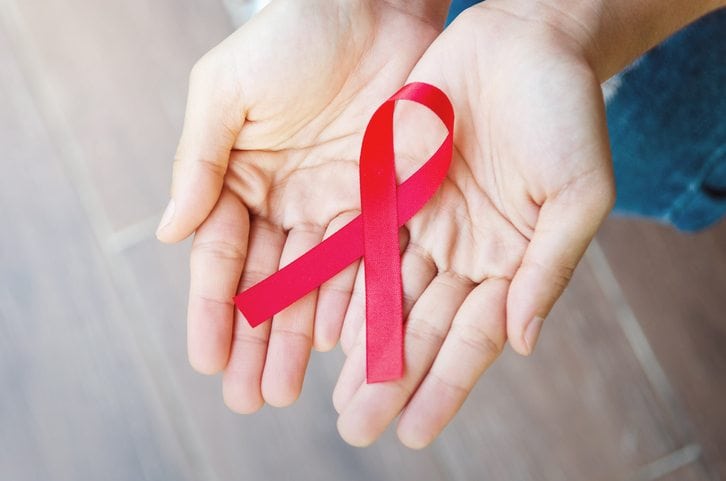According to the World Health Organization (WHO), there were approximately 36.9 million people living with HIV at the end of 2017, with 1.8 million people becoming newly infected in 2017 globally.
However, nearly 40 years into the pandemic – and 30 years since first observing Dec. 1 as World AIDS Day – nearly 25% of those infected with HIV worldwide don’t even know it.
 While it’s fair to say that AIDS, or acquired immunodeficiency syndrome, is no longer the high-profile public health menace it once was due to the advent of antiretroviral therapy (ART), it remains a threat to the health of many. That’s because ART isn’t a cure. To work, it must be taken daily. When a patient stops taking the medication, the virus can return to life-threatening levels. ART suppresses HIV so that it’s undetectable, but the virus remains in the body. Unlike other viruses, the human body cannot eliminate HIV entirely.
While it’s fair to say that AIDS, or acquired immunodeficiency syndrome, is no longer the high-profile public health menace it once was due to the advent of antiretroviral therapy (ART), it remains a threat to the health of many. That’s because ART isn’t a cure. To work, it must be taken daily. When a patient stops taking the medication, the virus can return to life-threatening levels. ART suppresses HIV so that it’s undetectable, but the virus remains in the body. Unlike other viruses, the human body cannot eliminate HIV entirely.
“When a patient stops their meds, the HIV levels in the blood rebound rapidly in all patients,” said Dr. Jack Ross, chief of infectious disease at Hartford Hospital. “In some, HIV virus levels can actually be higher than at previous times off meds.”
But one cannot even begin ART without knowing their HIV status. Though HIV testing has been around since the mid-1980s – and improved over time along with treatment – there is stigma that surrounds getting tested. That’s why this year’s World AIDS Day is dedicated to encouraging people to be tested and know their HIV status so that they can access the right treatment sooner rather than later.
Talk to your primary care providers about HIV testing. Need a primary care provider? Click here.

